When Samantha* started cutting in eighth grade after her parents’ divorce, she had no idea how prolonged her new habit would be. Now as a senior, she has experienced four years of on and off cutting. “I usually go a couple months without it and then something triggers my reaction to [cut]” she said. “Sometimes I’m really good where I call my therapist or I talk to my mom but most of the time that’s just what I go to.”
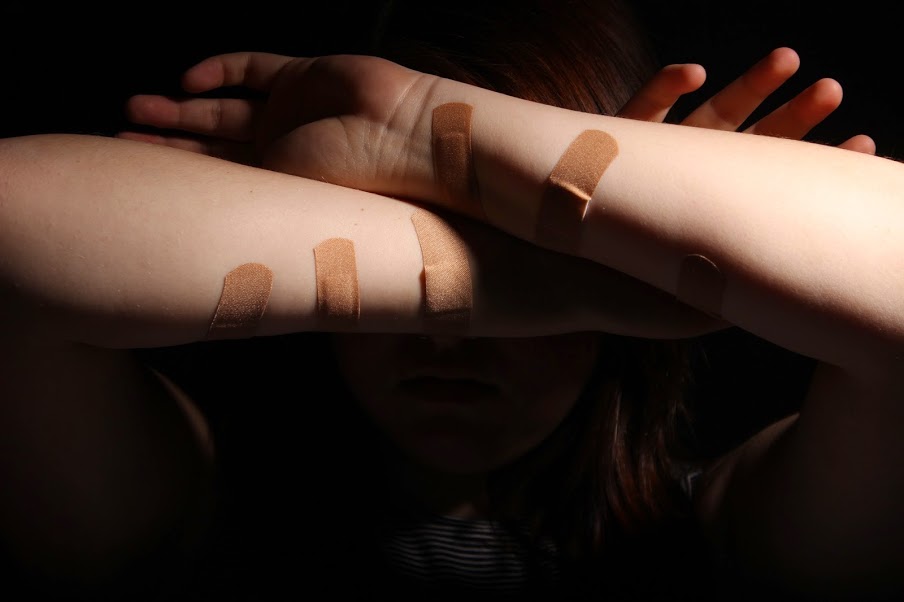
When Samantha* started cutting in eighth grade after her parents’ divorce, she had no idea how prolonged her new habit would be. Now as a senior, she has experienced four years of on and off cutting.
“I usually go a couple months without it and then something triggers my reaction to [cut],” she said. “Sometimes I’m really good where I call my therapist or I talk to my mom but most of the time that’s just what I go to.”
Now four months clear of cutting, Samantha is hoping that this time she will be able to stop for good. But she knows from prior experience that terminating her bad habit isn’t as easy as it seems.
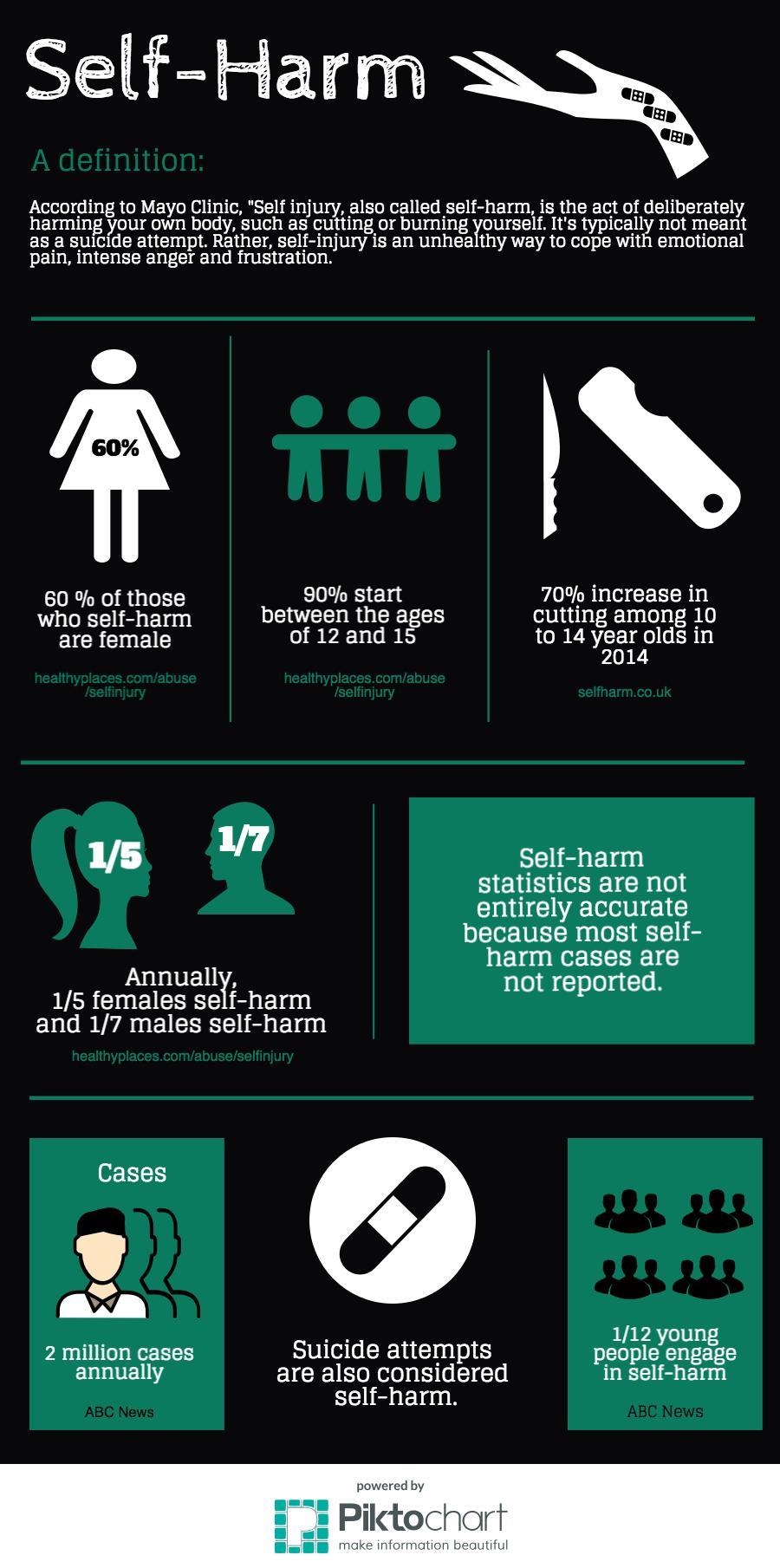
Senior Marie* also understands how difficult it is to stop cutting. When she was a freshman, she heard about cutting and thought it would help her cope with inner turmoil. After three years, cutting developed in an on and off habit for her as well.
“It’s mostly like if something triggers it really badly. Like when I broke up with my boyfriend, that triggered it, because he was really upset, so I was really upset, but it’s not a routine thing. I’ll have like, months breaks in between,” she said.
Marie sees two therapists and has supportive friends and parents, but she is currently cutting.
People who cut are often judged for seeking attention, and Marie and Samantha understand this point of view. However, they said that sometimes cuttings seems like the only way to deal with their problems.
“It’s really hard because [people] don’t understand why [I cut]. I’ve heard it’s a call for attention and that can kind of be true but there’s also just different reasons why you do it. Like you feel you deserve that pain or you feel like that’s the only way you can let it out,” Samantha said.
Reasons for self-harm
People who cut often have problems with mental illnesses, depression or bullying.
“I started freshman year. I had gotten bullied a lot and I just didn’t know how to deal with it. I had heard about people doing it and it just seemed like, ‘Oh, maybe it will work on me,’ which was really stupid,” Marie said.
Stress from bullying can lead students to turn to self-harm in pursuit of emotional regulation and to take their minds off of overwhelming emotions. Often, self-harmers mistakenly believe that cutting can provide them with a sense of control and security.
Marie knows other people who cut, and said that “it’s not a rare thing.” Statistically, about two million cases of self-harm are reported annually. This number is not entirely accurate however, because many self-harmers do not report their activities. It was also shown that one in 12 young people cut.
Marie added that she’s seen its presence in more girls than boys, and she is right. Females make up 60 percent of those who engage in cutting.
“I know she did everything in her power [to protect me] but at the same time I felt like she was locking me up,” Samantha said. “I had to ask her for the key to cut up an apple and so it felt like I was imprisoned.”
Ninety percent of self-harmers start between the ages of 12 and 15, and develop a strong attachment to the cutting. This makes it difficult to terminate the habit.
“I feel like I won’t find another way to cope. That’s what it originally was, I didn’t think I could find something else that could help me get through what I was going through,” Samantha said.
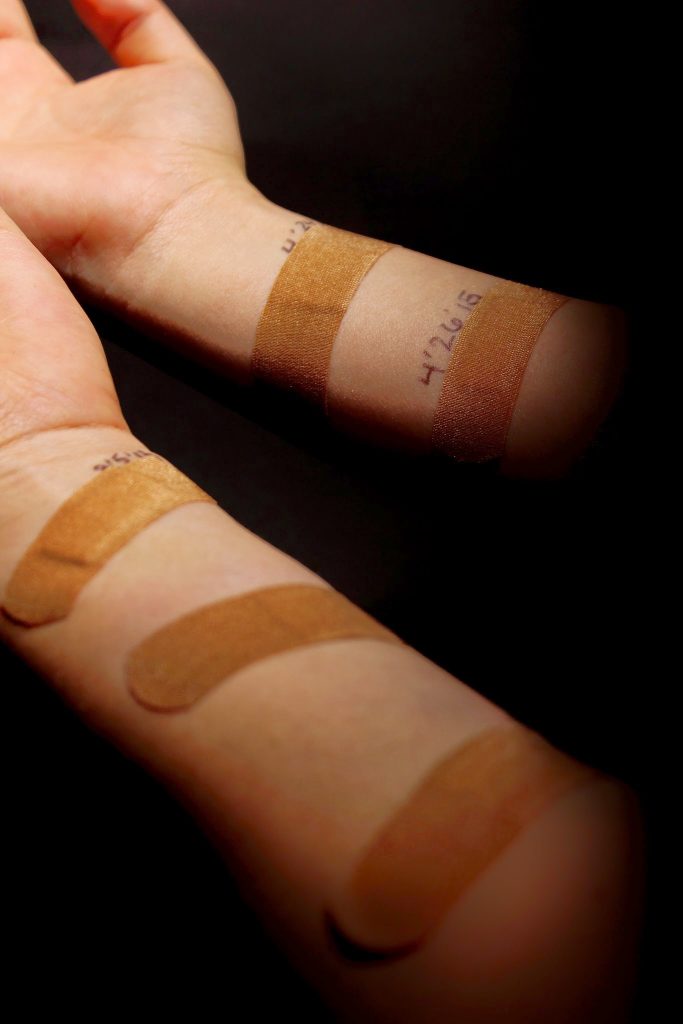
“I felt like that it was my best friend almost because I could go to that anytime I needed to and it was really easy.”
People who self-harm also may start because they were influenced by others around them.
Although the term “goth” originated as a style of dress, and “emo” originated as a style of music from the 80s punk movement, often those who embody these styles are associated with cutting.
Emo and goth styles usually include dyed black hair, dark makeup, and emocore music. Samantha, who dressed in “punk and emo” clothes with “lots of black” in middle school, was stereotyped for her taste.
“I was always called emo and just given threats like ‘oh you should just cut’ and stuff and I kind of took it to heart,” Samantha said. “So it was always at the back of my head.”
And most tragic of all, oftentimes self-harmers feel that they deserve cutting.
“I feel that in most cases, it’s what you feel that you deserve. In my case, I felt that I deserved pain; I felt like that was the only way I could release what I felt inside too,” she said.
A common misconception of self-harm is that it’s the same as attempting suicide. Although it unfortunately sometimes results in it, it is often not regarded as a suicide attempt by the self- harmer.
Often times, their only reason for it is to release whatever they are feeling inside.
For a self-harmer, they cut to relieve themselves of overwhelming emotions they may be experiencing. The relief, however, is short-lived.
“You just don’t know what else to do. Like it just becomes a go-to way of dealing with being upset or being sad or anxious or whatever what’s going on. Even if it kills you, you know [cutting] is going to work to relieve it at that moment,” Marie said.
Besides this, there is also a strong stigma behind self-harm that suggests a self-harmer’s only motive is to seek attention.
“I’ve been told that I’m seeking attention, that I’m not actually depressed [and that] my life isn’t actually that bad so I shouldn’t be doing it. It hurts to get judged like that,” Marie said.
“I mean I can see why people would think [that people cut for attention] because they don’t understand why you feel the need to to do it,” she continued. “But I think that it’s kind of just mean and just not insightful to see that, ‘Oh, maybe this person is actually upset,’ because you don’t know who that person is and what they’re going through based on how they look or what kind of facade they put on.”
“I feel like I won’t find another way to cope. That’s what it originally was, I didn’t think I could find something else that could help me get through what I was going through,” Samantha said. “I felt like that it was my best friend almost because I could go to that anytime I needed to and it was really easy.”
Self-harmers often cut in secrecy and only until they’re comfortable enough do they confide in a family member or close friend about it.
Samantha’s friend, who is very supportive, still has difficulty understanding self-harm.
“It literally shatters my heart knowing such an amazing human being is in so much turmoil that [they] have to drag a blade across their skin so [they] can deal with the pain on the outside rather than the things on the inside,” Samantha’s friend said.
Terminating self-harm is not easy. Since self-harmers become attached to cutting during adolescence, they don’t develop other mechanisms to cope, and are prone to be overwhelmed by emotions. Because of this, quitting is not a simple task.
……
After cutting, dealing with scars
Once a self-harmer has stopped cutting, he or she will have to deal with scars. Scars often prevent previous self-harmers from wearing short sleeves or other skin baring clothes, and become a source of shame and embarrassment.
“It’s really irritating to not want to wear short sleeve shirts or not want to go out to the beach or do something with your friends just because of that, and it makes it really hard to do things on a daily basis,” Marie explained.
Samantha, on the other hand, has gotten used to her scars and being judged for them.
“They used to bother me a lot; I used to only wear long sleeve shirts even when it was 90 degrees out, I used to only wear pants, I used to not show any skin because I was so scared of it,” she said. “But now I’m kind of over that because it’s not as bad for me to think about. I mean, I’ve kind of grown with them, like it’s a part of me. It’s something I have to deal with.”

On the other hand, she knows that despite her own self acceptance, scars are not something to take lightly, as they can have unforeseen consequences in one’s future or career. She said that she’s heard stories of previous self-harmers who were denied jobs because of their scars.
Light scars can be faded with vitamin E oil, and prominent scars can be removed medically. Usually self-harmers wait a long time before they begin these procedures, because they are worried that they will begin the habit again.
Samantha and Marie said that while most of their friends have been nonjudgmental and supportive of helping them stop, they have been judged by adults. Samantha added that she has made her friends’ parents uncomfortable.
“They didn’t want their kids to be friends with me,” she said. “With adults a lot of the times I get weird stares. Like with my sister’s friends’ parents, they’re always wary about it.”
Losing the trust of loved ones
Both Samantha and Marie’s parents know about their cutting. Samantha said that previously she never told her mother because she was scared of getting in trouble. However, after her mother learned, she was very supportive in helping her stop.
“She started researching it because she didn’t really know anything about it when I first started,” Samantha said. “So she’s done a lot of research, she’s gone to my therapist and talked to my therapist and learned how to help.”
Marie said that her parents were very supportive in getting her help and therapy. However, while she appreciates their support, she admitted that their overprotectiveness can be difficult to adjust to.
“They don’t like to leave me home alone, they don’t really trust me anymore. And that’s kind of been hard to deal with. They’ve become a lot less trusting of me, they don’t like to leave me home, they don’t like to let me go out on my own or do something alone,” she said.
“I’ve been told that I’m seeking attention, that I’m not actually depressed [and that] my life isn’t actually that bad so I shouldn’t be doing it. It hurts to get judged like that,” Marie said.
“I can see their point behind it, but it is suffocating. I am on medication and seeing therapists, and all that stuff,” she added.
Samantha agreed that losing her mother’s trust was hard. She said that her mother keeps “knives, scissors,” and other hard objects locked up in a cabinet.
“I know she did everything in her power [to protect me] but at the same time I felt like she was locking me up,” she said. “ I had to ask her for the key to cut up an apple and so it felt like I was imprisoned.”
Preventative measures and getting help
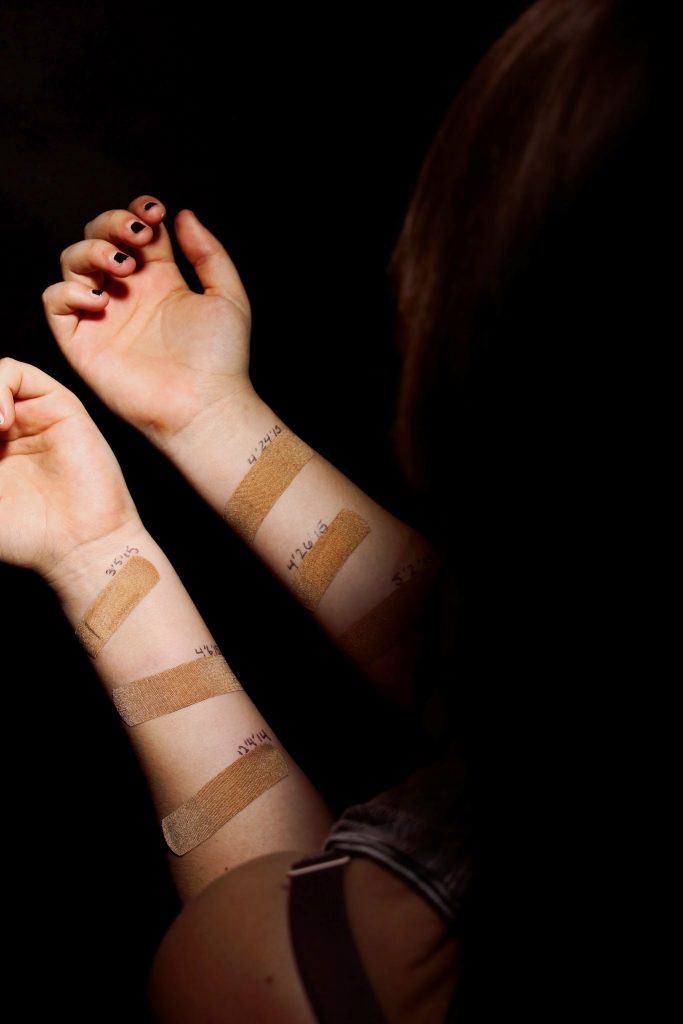
Many people who self-harm find it hard to quit the sensation that accompanies it. They often turn to these tactics as strategy to release “inner pain and tension” or to distract themselves. As a result, it’s defined as an addiction because of the relief it often brings.
Cutting releases endorphins and they contribute to its addictive qualities. However, while self-harm releases endorphins, these feelings are short-lived and after cutting, self-harmers often feel regret and sadness.
“For a split second I’ll feel better [after I cut] but then I’ll feel bad for disappointing my parents and my friends that I had told I would stop,” Marie said. “I’ll feel really guilty for doing something I know I’m not supposed to be doing.”
Often the hardest thing for previous self-harmers is being judged for a habit that doesn’t define who they are anymore. Since scars are often permanent unless removed medically, cutting can leave lasting feelings of regret.
“I think there needs to be more information out there on how to stop it and not to get it to start and cut it off early,” Marie said. “There’s not much out there for someone who’s in middle school, going through really tough times.”
Samantha’s close friend says that she often talks to her best friend over the phone to prevent her from engaging in self-harm.
“Samantha and I are really good about communicating triggers and talking things out. There have been several times when we just text or talk on the phone for hours so she doesn’t have to cut,” she said.
“I think the best way to support a friend dealing with self-harm is constantly letting them know you care and that you love them no matter what, and that you will always be there for them.”
*A fake name was given to protect the students’ identities.
If you are someone who regularly self-harms and wants to stop, please consult with your counselor, a professional, a therapist or a recovery center for help or counseling. There are others who are experiencing self-harm as well, so please don’t feel as if you have to overcome this alone.
Resources Infographic Credit: Rachel Horiuchi/The Foothill Dragon Press
Background Photo Credit: Chloey Settles/The Foothill Dragon Press


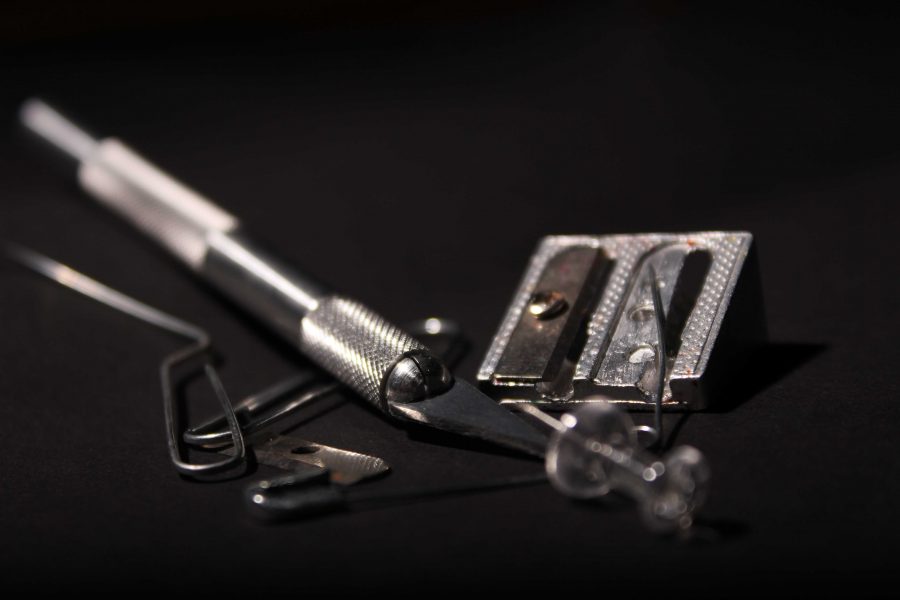

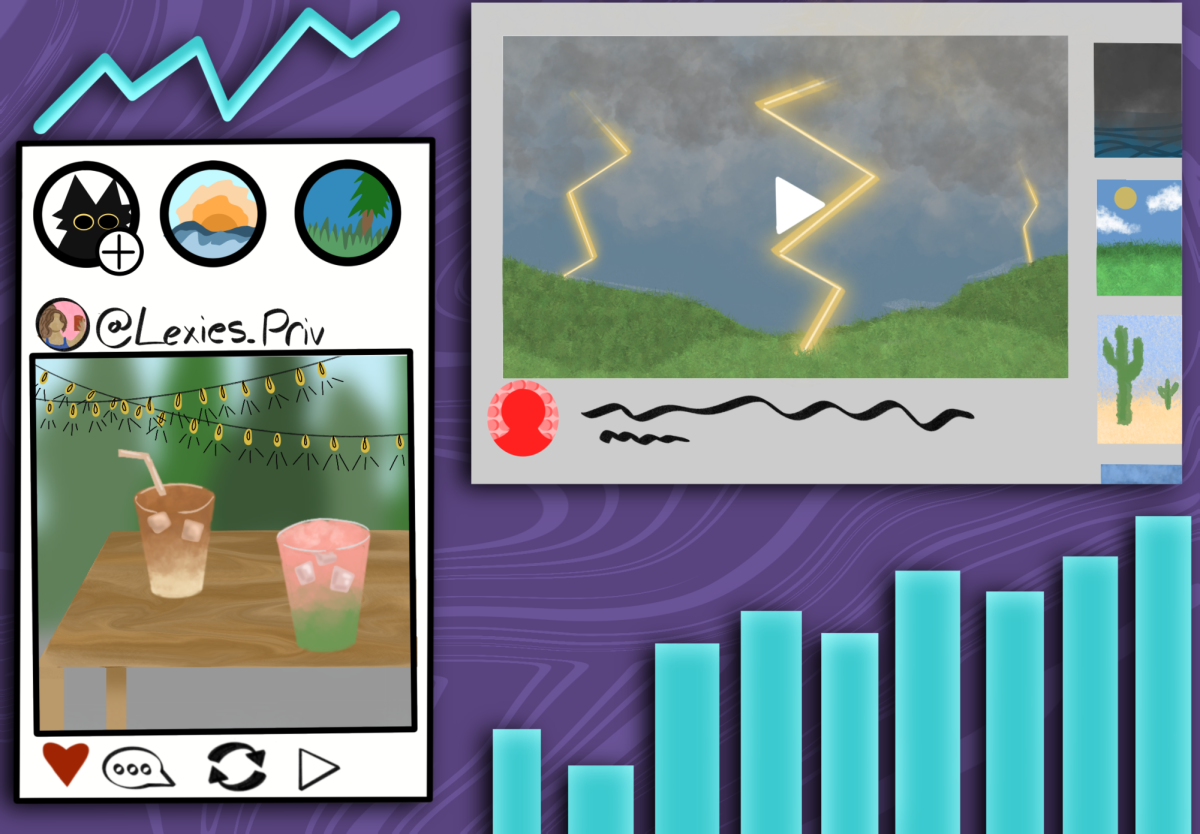


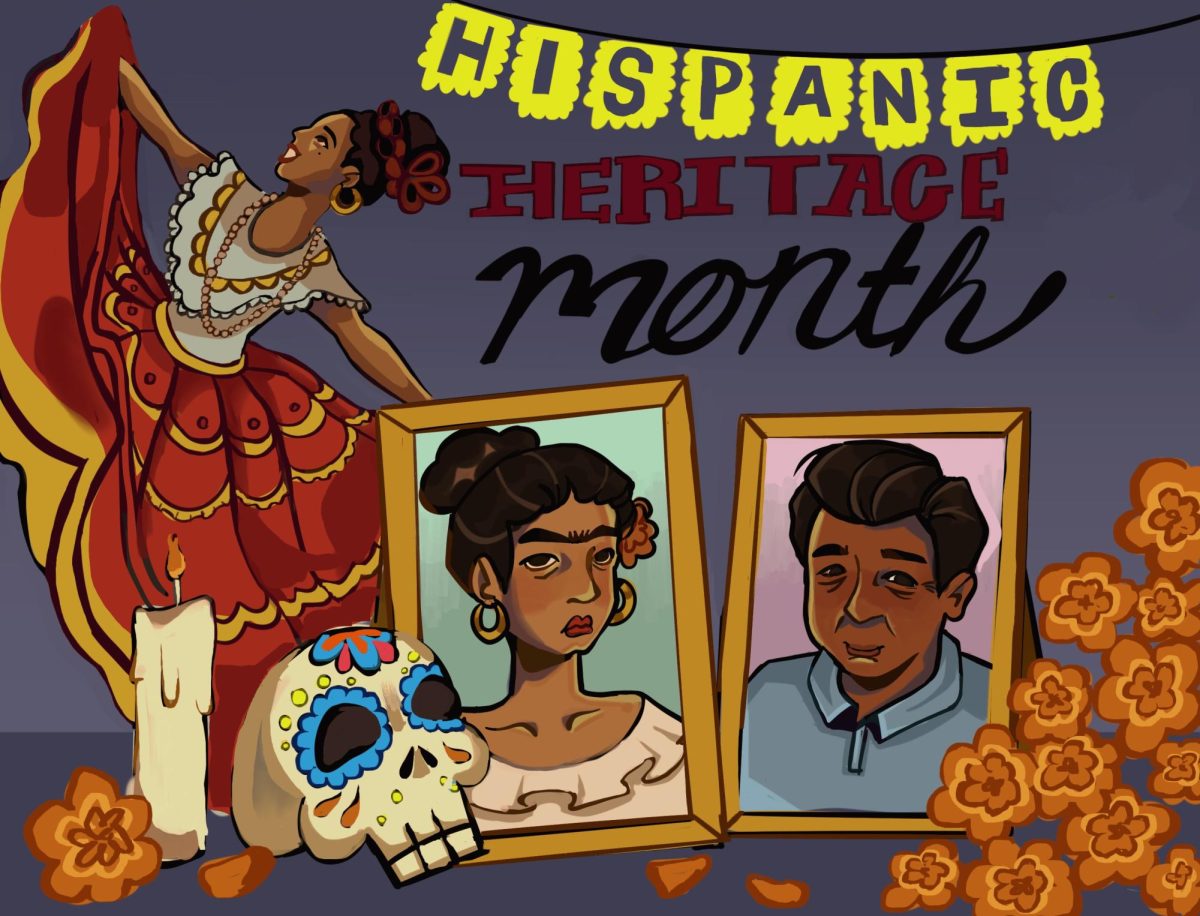


AC • Jun 5, 2015 at 9:18 am
Ema – Another great story! I’ve really enjoyed reading your articles. You are an amazing writer.